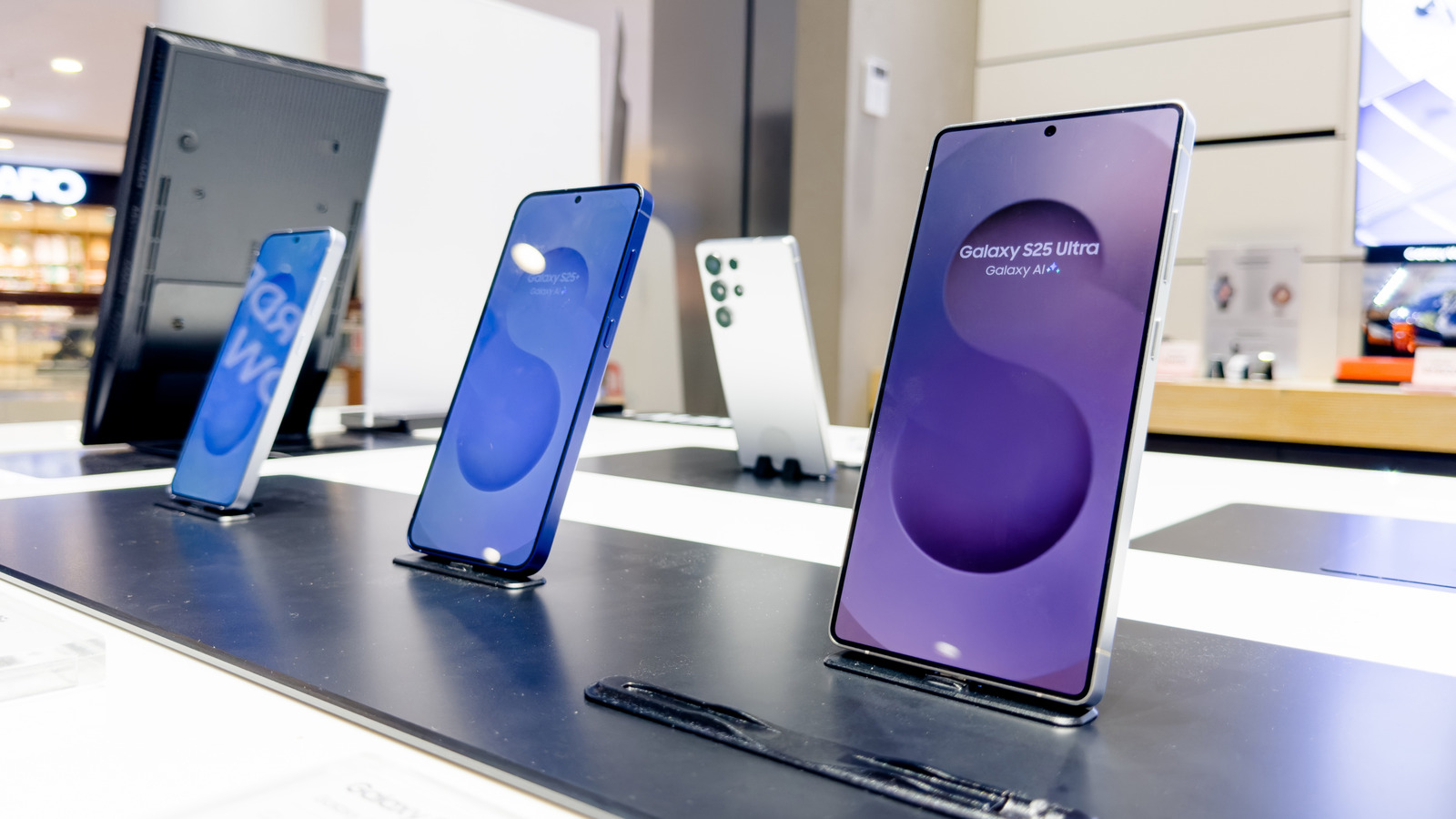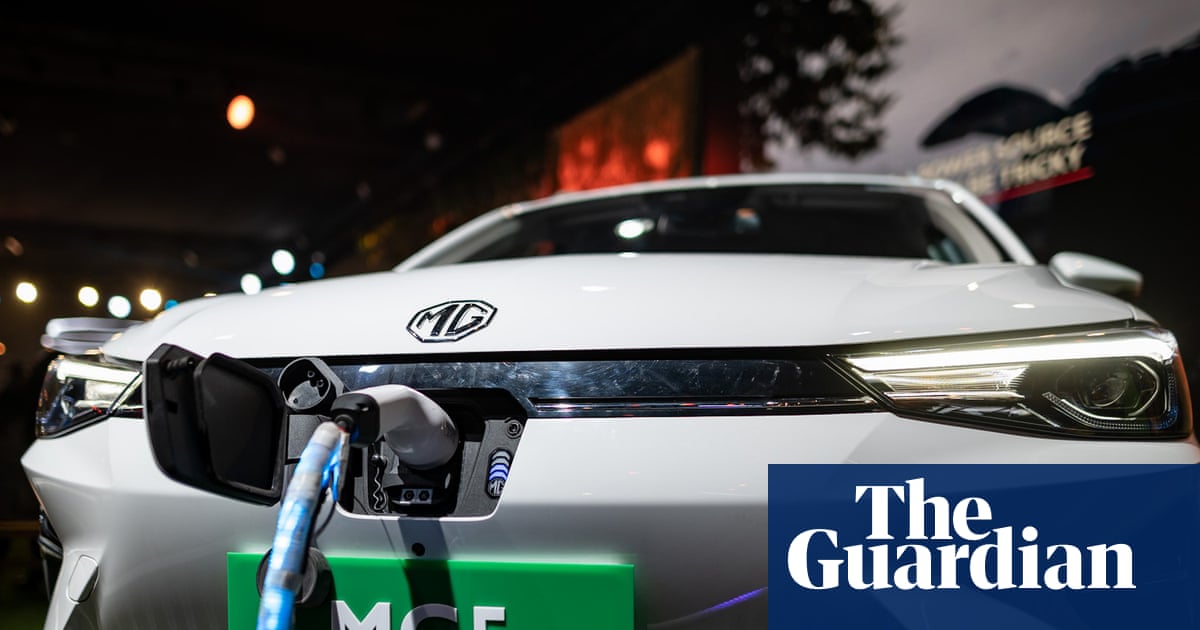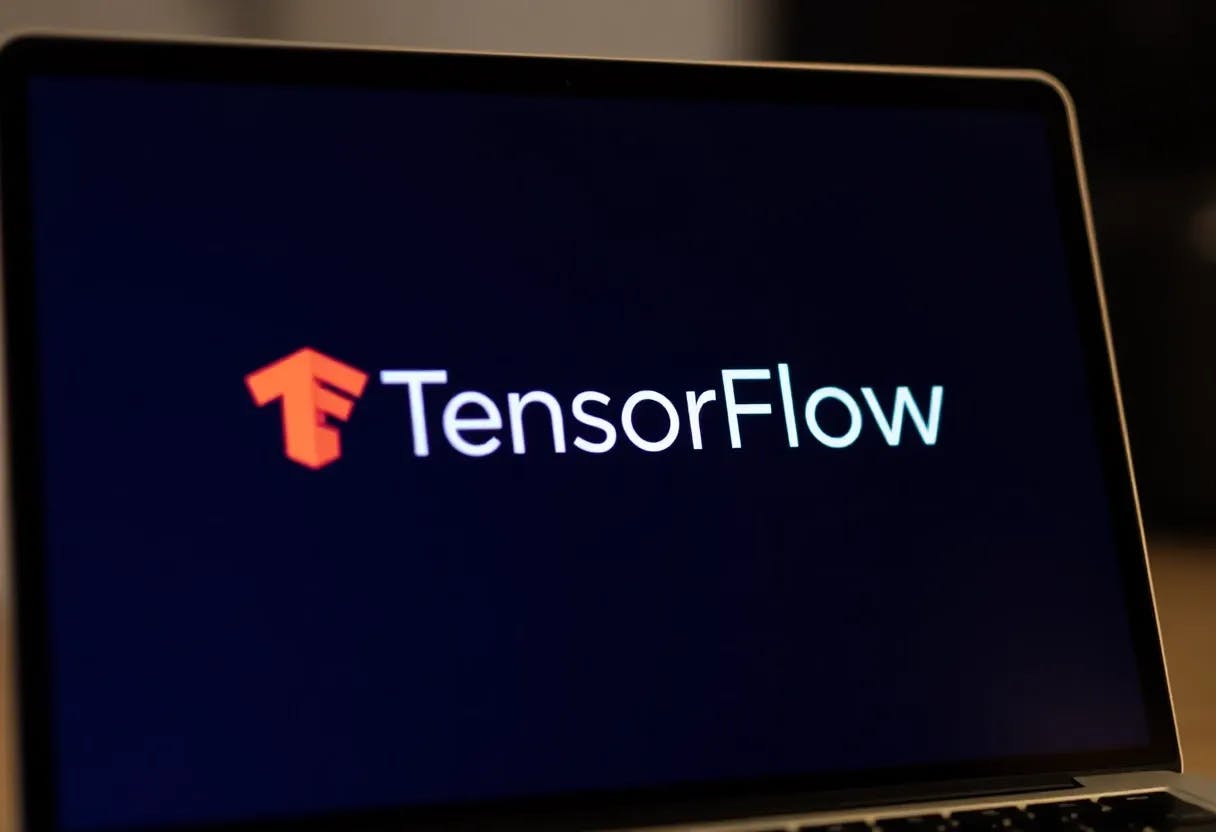More than three months after announcing layoffs and issuing a public letter asking for money, General Fusion today shared that it has raised $22 million and added board members.
In a message titled “A New Day for General Fusion,” General Fusion CEO Greg Twinney said the company “has secured new funding to return to growth and continue to progress toward commercial fusion energy.”
General Fusion aims to produce clean energy by generating plasma and smashing together light atoms — replicating the reactions that power the sun and stars. The pursuit has become increasingly urgent as artificial intelligence and increased electrification of the economy drives up demand for clean power.
The British Columbia-based company has been chasing fusion for 23 years and recently began operating a demonstration reactor called the Lawson Machine 26. The LM26 device is located in Richmond, B.C., and is half the size of the company’s planned commercial reactor. Twinney reports that the machine is generating plasmas, which are super hot, ionized gases needed for fusion.
One year ago, General Fusion shared news of $15 million in new funding. But in early May, its CEO disclosed that the effort was at “one of the most challenging financial moments in our history.”
The Globe and Mail reported at the time that a quarter of the company’s workforce was let go and the company needed $125 million to continue its work. Prior to the layoffs, the business employed roughly 140 people.
Including the new funding, General Fusion has raised about $366 million through government grants and investments. The company is backed by Amazon founder Jeff Bezos, and this spring added Bob Smith, former CEO of Bezos’ Blue Origin space venture, as a strategic adviser.
Bezos was not listed as an investor in this latest round, which included Segra Capital, PenderFund, Chrysalix Venture Capital, Milfam, Jimco, Gaingels, Thistledown Capital, Presight Capital and Hatch.
Adam Rodman of Segra Capital and Kelly Edmison of the PenderFund are joining the company’s board of directors.
General Fusion previously set a goal of reaching 100 million degrees Celsius with LM26 by this year, and had aimed by 2026 to hit an energy-producing target of “scientific breakeven equivalent.” That milestone is an intermediate benchmark towards commercial energy production and was first reached by the National Ignition Facility (NIF) at Lawrence Livermore National Laboratory in 2022.
None of the commercial efforts have accomplished this goal, though many have set and missed the milestone. General Fusion originally aimed to hit scientific breakeven in 2006.
Washington state’s Helion Energy has the most ambitious timeline for commercialization, aiming to start producing fusion energy in 2028 at a reactor being built on the Columbia River. The Eastern Washington project — which is supposed to serve Microsoft data centers — broke ground in July.
Other Pacific Northwest fusion efforts include Avalanche Energy, Zap Energy, Kyoto Fusioneering, Altrusion and ExoFusion.
General Fusion said in a release issued today that it plans to deliver fusion power to the grid by the mid-2030s.
“Innovation doesn’t go in a straight line; it demands resilience and collaboration,” Twinney said. “We’re grateful to all who stood with us. Together, we will energize the world.”
RELATED:
- General Fusion lands $15M to develop its fusion demonstration device
- General Fusion CEO asks for new investors as Bezos-backed energy company lays off employees










